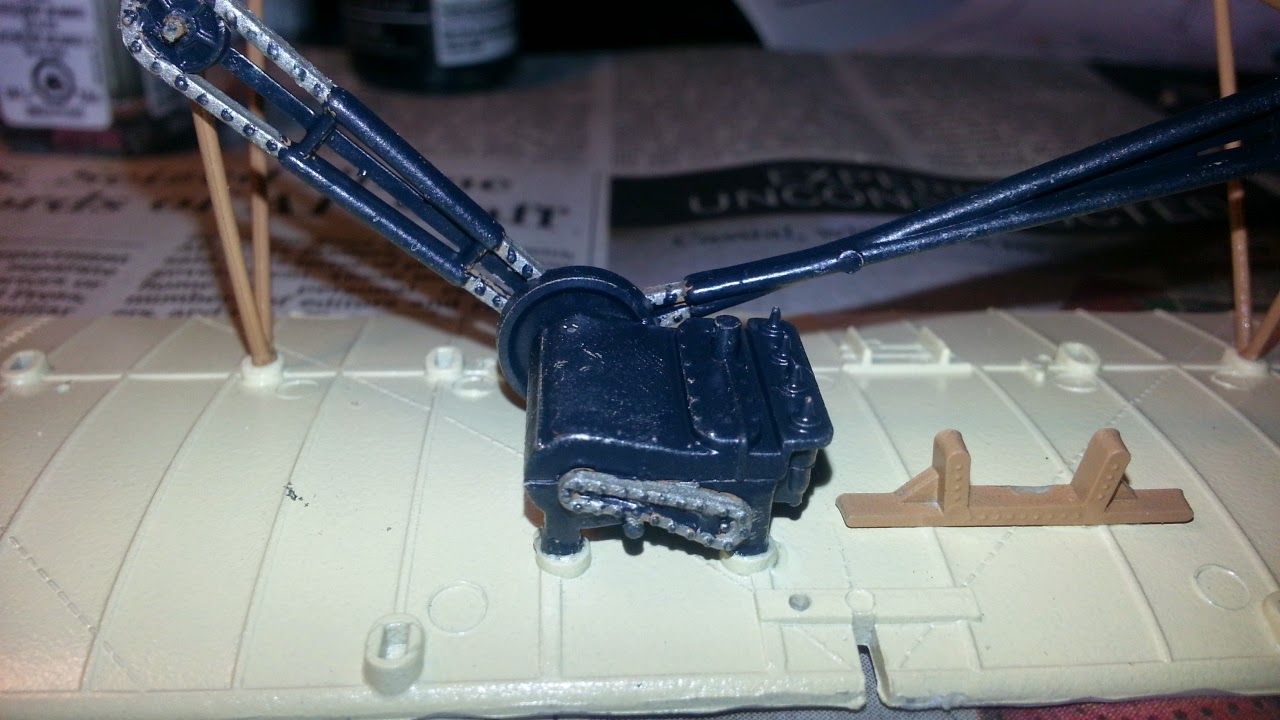Their inaugural flight at Kittyhawk is rightfully well known, but their accomplishments and failures are far more compelling than their famous but otherwise pedestrian flight.
The reality is a significant portion of the technology used on their original flyer was already well known. Even their patented wing-warping wasn't momentously groundbreaking. One of their most important contributions is their realization that a propeller is actually a wing in rotation. Their contemporaries mistakenly considered propellers to be like their water based cousins, pushing water back to nudge a boat forward. The Wrights ingeniously discovered the characteristics of lift could be applied vertically as well as horizontally. Further, their wind tunnel tests were strikingly accurate, with their propellers achieving nearly 80% efficiency. After a hundred years of research and enormous advances in technology, modern propellers achieve roughly 85%. For the Wrights to be so close on their first attempt is truly amazing.
Speaking of amazing, I'll shut up and get back to the model.
This one had a number of intricate parts and required all of the limited skill I had. I began with Charlie Taylor's engine, which is much easier to detail prior to installation. I kept it simple:
(ProTip: Don't forget to paint the strut mounts before assembling the wings like I did. In fact, you're better off painting everything before assembly.)
Everyone has an opinion on what their most vital piece of modeling equipment is. See if you can spot mine:
Here you can see the control mechanism on the canard. Ironically, it was the Wrights' self-destructive obsession with enforcing their flight control patent that allowed others to surpass them by orders of magnitude in the user friendly department. (The Wrights feared embracing new technology would weaken their case.) Even before they they won, and lost, and won and lost their lawsuit, their flight control system was laughably antiquated and was despised by pilots as counterintuitive, complicated, and unsafe.
None of these three parts were especially easy to assemble, but the worst was yet to come.
The most difficult part of this model was the installation of the control wires. This string became the bane of my existence and was a true pain in the ass. Revell gives detailed instructions and even goes as far as stating "patience" is required. I can't say I've ever seen a manufacturer give a pep talk in their modeling instructions before.
Revell designed this kit with a hook and loop system to run the string through the interplane struts, in addition to threading it through tiny holes in the wings.
Personally, I consider time to be a precious commodity so I cheated to speed up the process. I used Insta-Set to quickly lock the string in place. I'm not attempting to build a museum quality piece, and this method worked just fine for my standards.
In the end, the string really tried my patience and I was very happy to finish this one. Overall, I'm satisfied with the way this model turned out.
This is about as much cockpit detail as you're going to get out of me. (Not bad considering, as a result of my poor planning, I had to paint it after assembly.)
This shows a little more of the complex string work required.
It looks just fine on the shelf next to my Goose project.
The Wrights are justifiably honored as aviation greats. They weren't just pioneers, but brilliant creators as well. Unfortunately, their most impressive contributions to aviation are overlooked by most. Likewise, their obstinance and pettiness is often dismissed or glossed over. Their lack of vision not only contributed to their relative failures as businessmen, but their unjustified litigious assault on anyone even remotely involved in creating new aviation technology most likely stalled progress in the field.
Revell delivered for me on this kit. As big a pain as the string was, I don't think there's any other way it could have been done. To their credit, the directions were as clear as possible and the parts fit well. It's unfortunate they don't make this in a 48 scale, though I'm unlikely to attempt this one again if they ever do.
I was ready for an easy project after this one, but I'm glad I did it. If I'm going to build a collection of historically significant aircraft, I obviously had to include the one that started it all.
Happy building!
While the Glue is Drying:
Revell includes a color photo pamphlet in this kit that offers several tips, including for building a diorama. It's worth a look and will probably be appreciated by more skilled modelers. They also include two figures, the original ramp, and other accessories so you can recreate the famous picture of the first flight. That's not my thing, but someone over at Airfix forum has a nice example.











